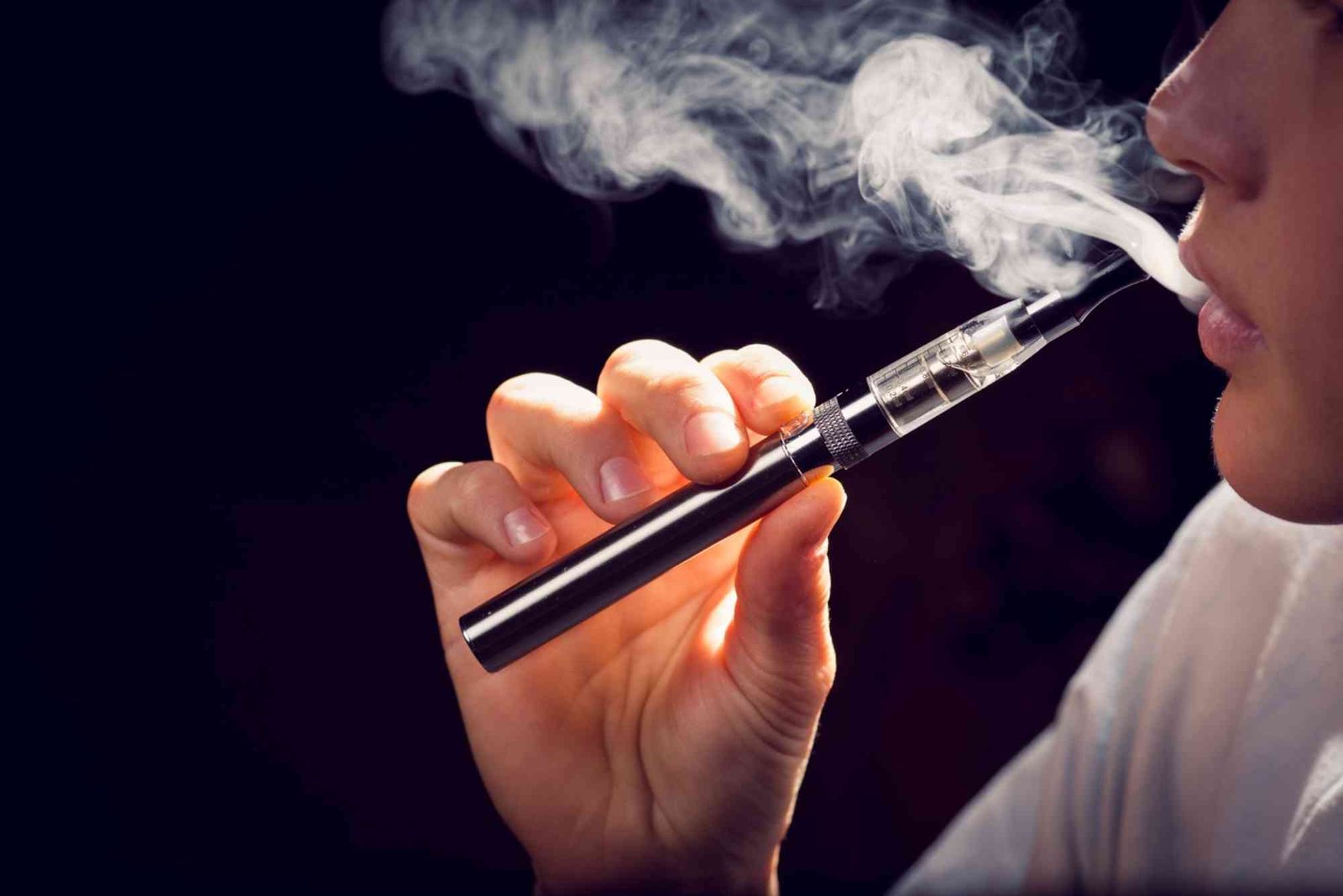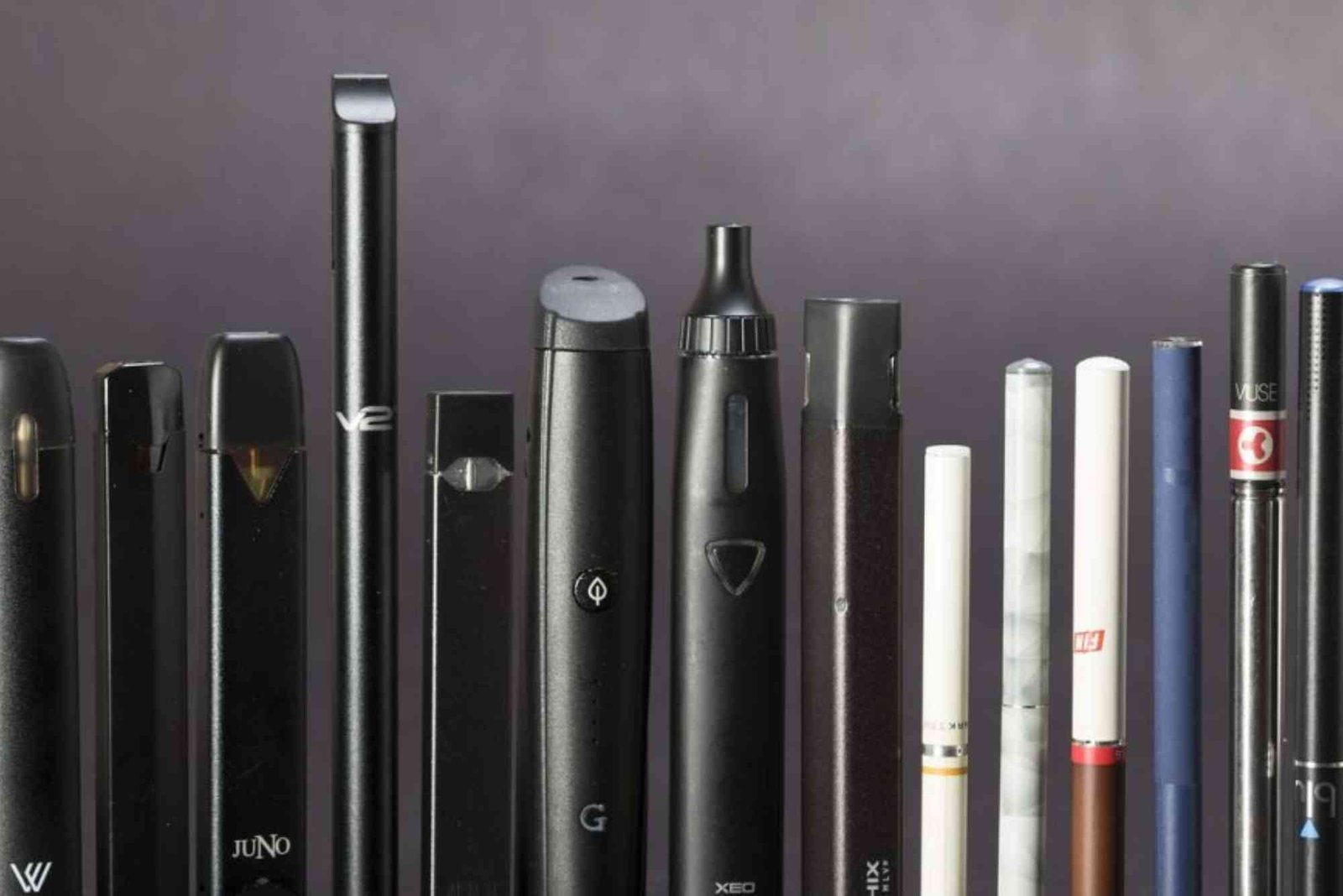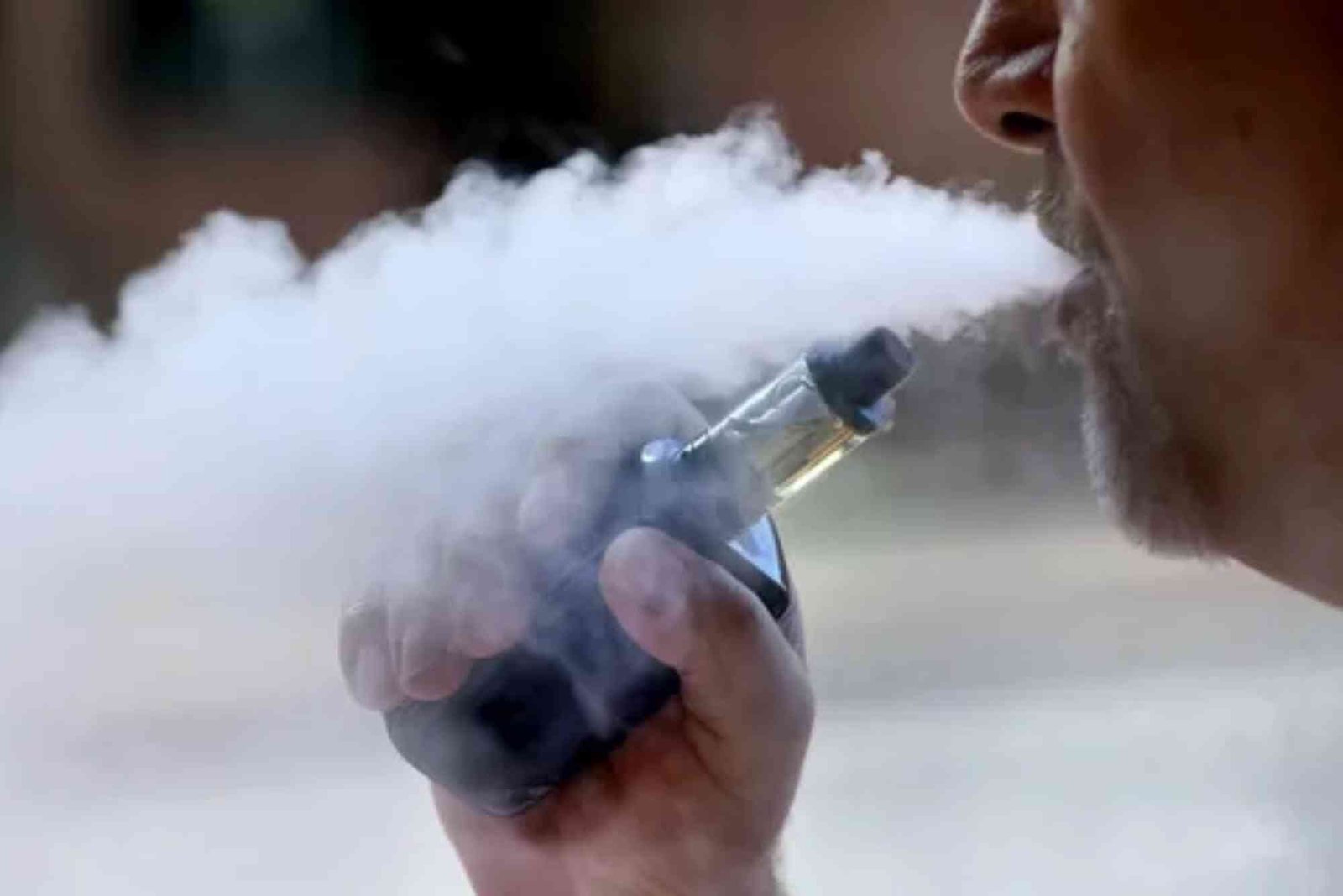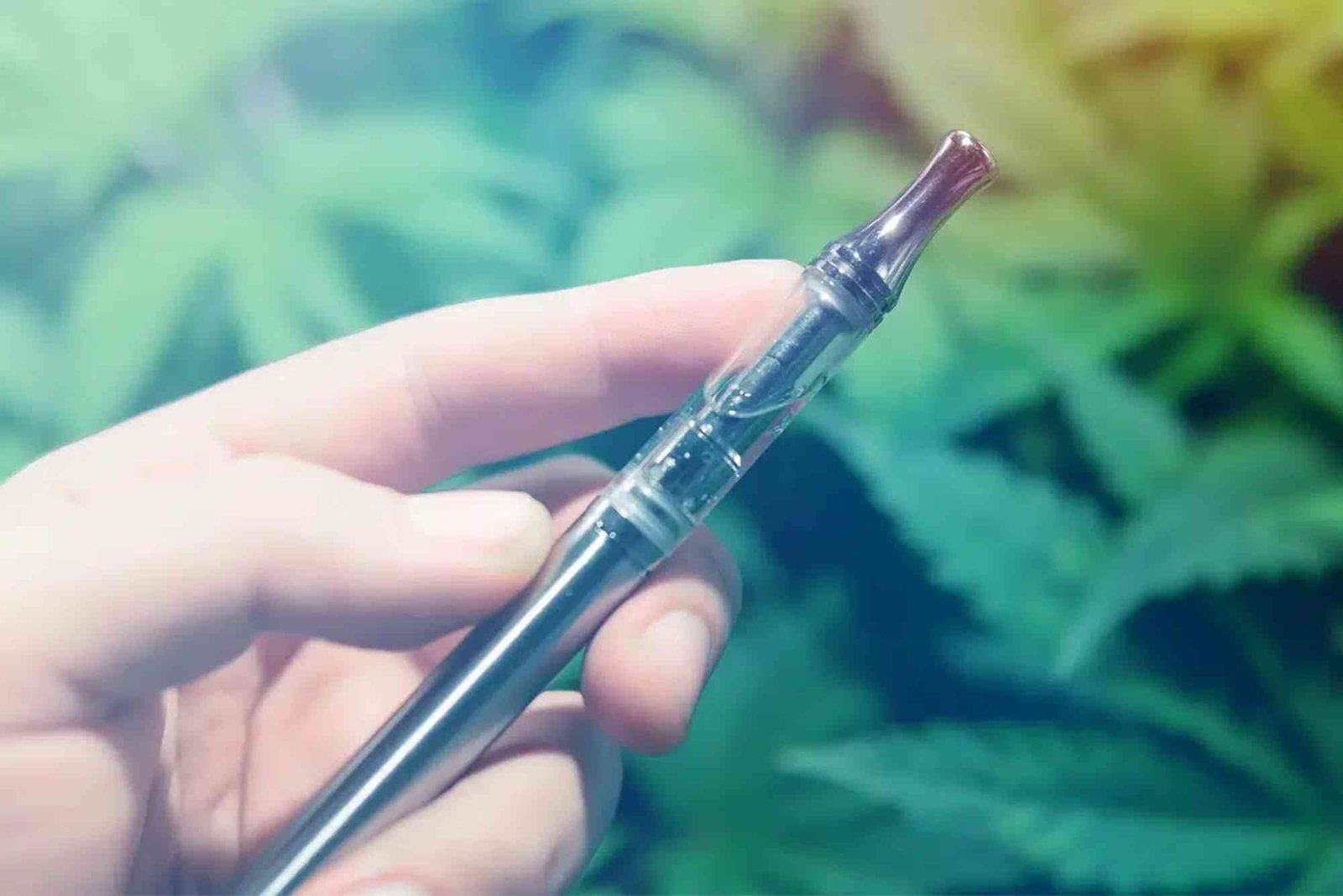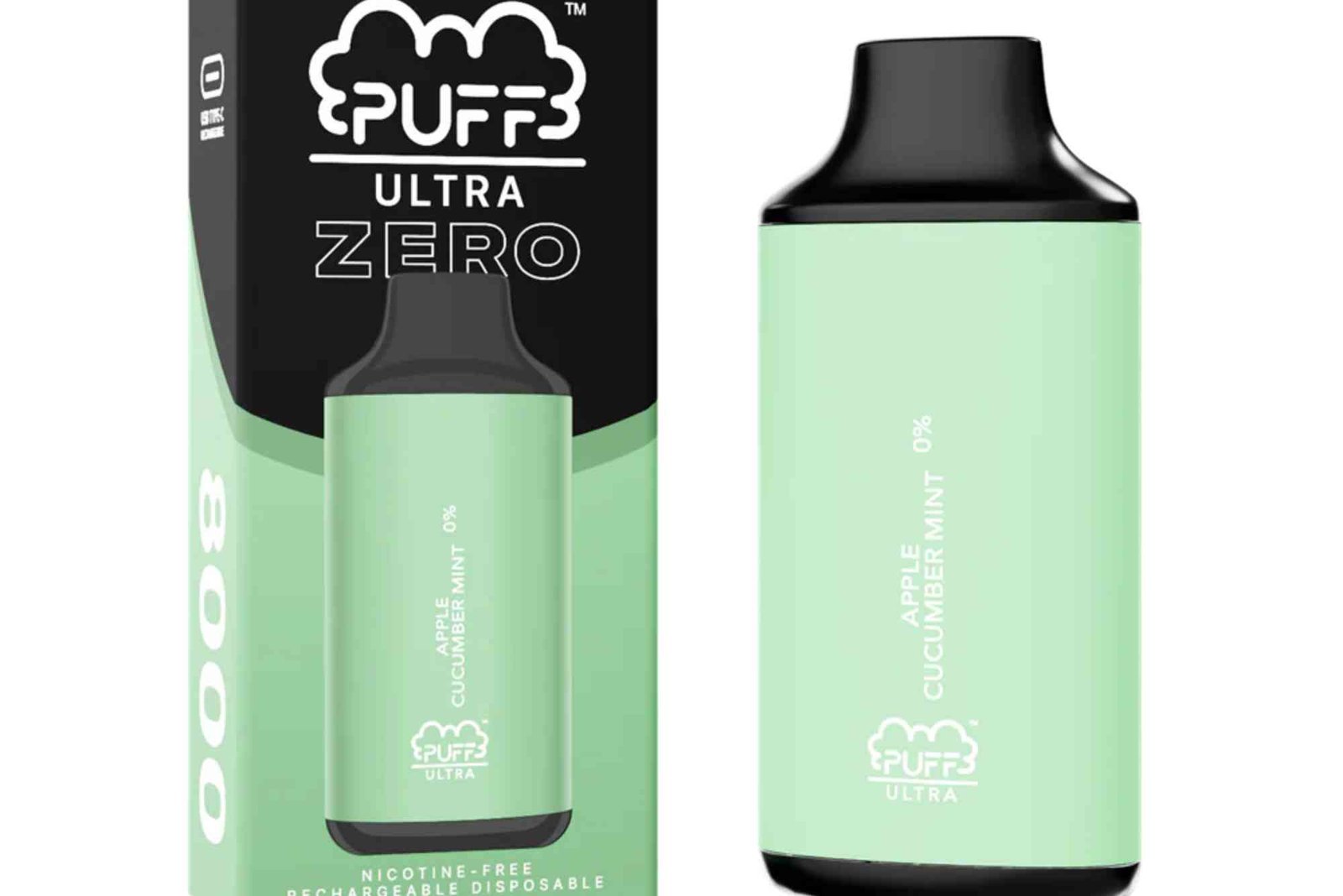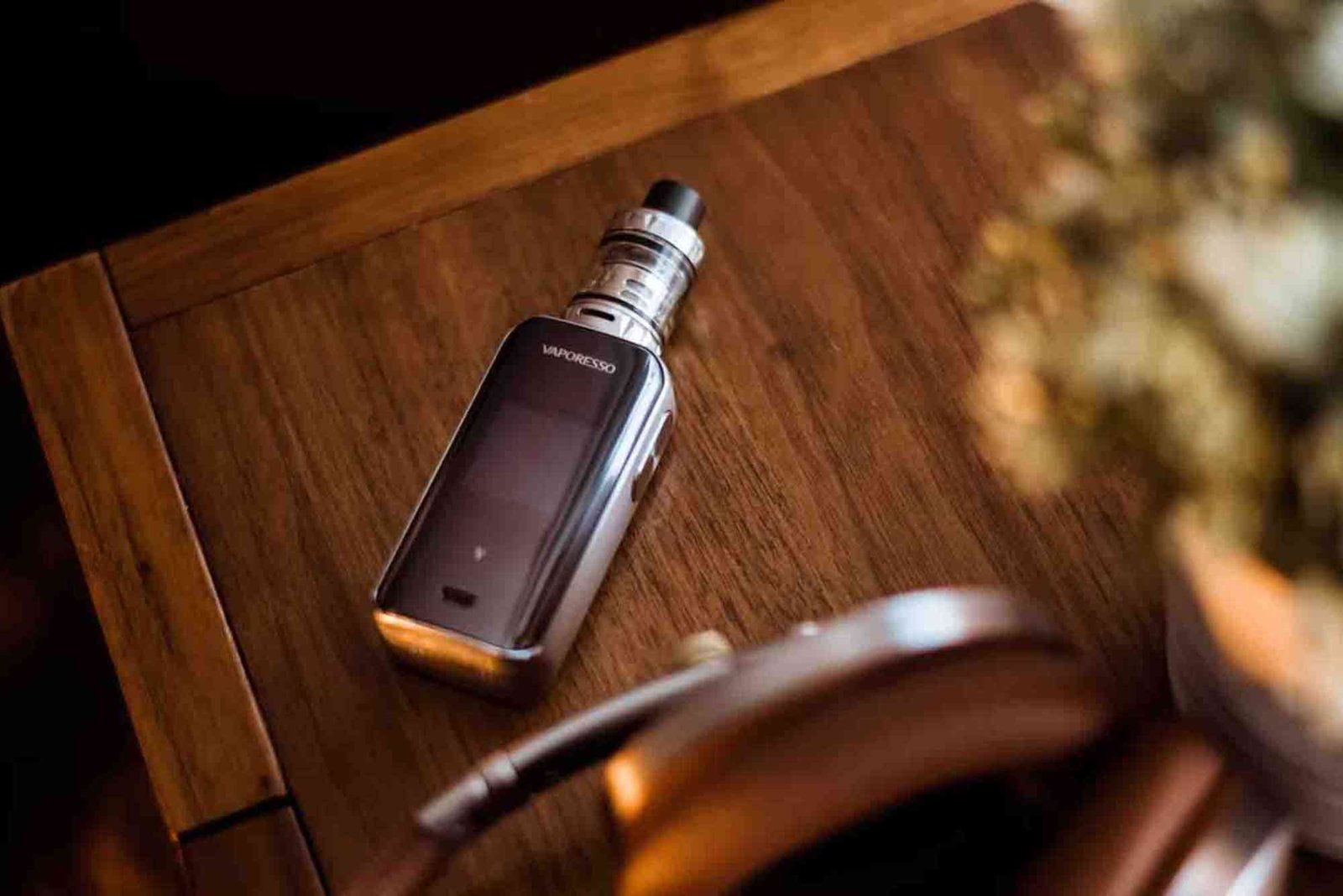Reflecting on Your Second Month of Vaping: Progress and Tips
The second month of your vaping journey is a crucial time. You’ve already made it past the first hurdles—switching from cigarettes, handling cravings, learning about your device, and figuring out e-liquids. Now that you’re in your second month, it’s the perfect time to reflect on how far you’ve come and look ahead at how to improve your experience. This vaping second month review will help you understand your progress, recognize common challenges, and offer actionable tips for long-term success.
Noticing the Differences: Month One vs. Month Two
In your first month of vaping, everything likely felt new and experimental. You were testing flavors, adjusting to nicotine salt strengths, and learning how to maintain your device. By now, in your second month, things have hopefully stabilized. You might notice that you’re vaping less frequently than you did at the start, or that you’ve developed a better sense of what e-liquids and devices work for you.
Nicotine cravings may also have decreased. Many vapers report that by the second month, the urge to smoke traditional cigarettes becomes less frequent or completely vanishes. This is a major sign of progress, especially if your goal is smoking cessation.
Evaluating Your Progress: What to Look For
Progress in vaping is not just about numbers—it’s about behavior, comfort, and health. You can evaluate your second month by considering how often you vape compared to your first month. Have you reduced your nicotine strength? Are you managing social situations without reaching for a cigarette?
Another key metric is device confidence. Are you now familiar with how to clean and refill your tank or pod? Do you know how to identify coil burnout or recognize when it’s time to recharge your device? These may seem like small things, but they signal growth in your vaping journey.
You may also notice physical changes—improved breathing, better sense of taste and smell, or fewer instances of coughing. These are positive indicators that your body is adjusting well to the switch.
Common Challenges in the Second Month
Despite the progress, some vapers experience frustration during their second month. For many, the novelty starts to wear off. Cravings can still appear, especially in stressful situations or social gatherings. It’s also not uncommon to develop “vaper’s tongue,” a temporary loss of taste due to flavor fatigue.
Others might start overusing their vape without realizing it. Because vaping is more convenient and discreet than smoking, it’s easy to puff constantly throughout the day. This can lead to higher nicotine intake than intended.
Some people also get stuck with low-quality devices or e-liquids, causing dissatisfaction or even returning to cigarettes. This highlights the importance of quality gear and consistent maintenance.
Tips for Success in Your Second Month
To stay on track, it’s helpful to establish healthy vaping habits. Start by setting a vaping schedule or limiting your nicotine intake during certain hours. If you feel like you’re vaping too often, consider switching to a lower nicotine concentration or try distraction techniques like deep breathing, hydration, or chewing gum.
Another tip is to rotate flavors. This not only prevents flavor fatigue but also keeps the experience enjoyable. Try new e-liquid profiles such as menthol, dessert, or fruit blends. Keep your device clean, and change coils regularly to avoid burnt tastes or leaks.
It’s also worth exploring vape communities—online forums, Reddit threads, or local vape meetups. Engaging with others who are on the same path can provide motivation and advice.
Adjusting Your Device Settings for a Better Experience
By the second month, you might feel more confident exploring advanced device settings if you use a mod or variable wattage device. Adjusting your wattage or airflow can dramatically change vapor production and throat hit.
If your goal is to simulate smoking, keep wattage lower for a tight draw and higher nicotine. If you prefer clouds and flavor, a slightly higher wattage and lower nicotine might suit you better. Don’t be afraid to experiment, but always start low and increase gradually.
Battery life also becomes more manageable as you develop charging routines. Consider getting a backup battery or using passthrough charging if your lifestyle is busy.
Maintaining Motivation: Staying Smoke-Free
The second month is a testing ground for your long-term goals. Motivation can dip, especially if you’re vaping out of habit more than need. This is the time to remind yourself why you started. Whether it was to quit smoking, improve your health, or save money, keep those reasons front and center.
Track your wins, no matter how small. Maybe you went a full week without smoking. Maybe you dropped from 12mg to 6mg nicotine. These are signs of progress worth celebrating.
Use tools like vape diaries or apps to monitor your use, expenses saved, or cigarettes avoided. These tangible numbers offer encouragement and perspective when your motivation wavers.
Avoiding Burnout and Preventing Relapse
To prevent relapse, address the emotional and psychological aspects of vaping. If stress triggers cravings, build healthy coping mechanisms—exercise, meditation, or journaling.
Avoid boredom vaping. It’s easy to pick up your vape whenever you’re idle, but that turns it into a crutch. Designate vape-free zones or times, like meals or before bed, to regain control.
Stay mindful of social triggers. If your friends still smoke, let them know you’ve made a change and ask for support. If you feel pressure to smoke again, have a plan—step away, vape your favorite flavor, or reach out to a fellow vaper.
Exploring New Vape Products in Month Two
By this point, you might be curious about new products. This is a great time to explore without going overboard. If you started with disposable vapes, you may consider switching to a refillable pod system or mod. These offer more control and cost-efficiency.
Try different coils or tanks that emphasize flavor or cloud production. Some coils are designed for mouth-to-lung (MTL) vaping, closer to the sensation of smoking, while others are for direct-to-lung (DTL) inhaling.
Also, check out nicotine-free e-liquids. Even if you’re not ready to quit nicotine entirely, trying a few zero-nicotine sessions can reduce dependency and help you eventually taper down.
Final Thoughts: Your Second Month Milestone
The vaping second month review marks a significant achievement. You’ve likely built a routine, tackled early challenges, and begun to understand your preferences. While it’s not without hurdles, this month sets the tone for long-term success.
Staying mindful, exploring new products, managing nicotine levels, and seeking community support will keep you moving forward. You’re not just vaping—you’re reshaping a habit, and that’s a powerful thing.
If you’ve made it to your second month, celebrate your progress! Share your journey in a forum or with a friend who might need encouragement. If you’re still facing challenges, don’t hesitate to seek help—there are communities and resources ready to support you. Keep learning, stay committed, and remember why you started.
(FAQ)
Q: What should I expect in my second month of vaping?
In your second month of vaping, you’ll likely feel more comfortable with your device and experience fewer cravings for cigarettes. You may begin noticing improvements in breathing, taste, and overall health. However, you might also face challenges like flavor fatigue or overuse. Staying mindful and experimenting with flavors can help you stay on track.
Q: Is it normal to vape more in the second month?
Yes, it can be normal. Some people vape more during their second month because they feel more relaxed with the habit. However, it’s important to monitor your nicotine intake and avoid constant vaping out of boredom. Setting limits and switching to lower nicotine levels can help.
Q: How do I avoid going back to smoking during my second month?
Stay motivated by remembering your reasons for quitting. Keep track of your achievements, like money saved or cigarettes avoided. Avoid triggers like alcohol or social pressure, and keep your vape device nearby. If needed, seek support from online communities or friends who vape.
Q: Should I change my nicotine strength in month two?
It depends on how you feel. If your cravings have decreased and you want to reduce dependency, trying a lower nicotine level can help. But don’t rush the process—switch gradually to avoid withdrawal symptoms. Many vapers move from high to medium or low strength around the second month.
Q: What are signs that I’m making good progress?
Key signs include fewer cigarette cravings, better understanding of your device, consistent vaping patterns, improved physical health (like reduced coughing or better stamina), and reduced nicotine strength. Feeling more confident about your choices is also a strong indicator of progress.

